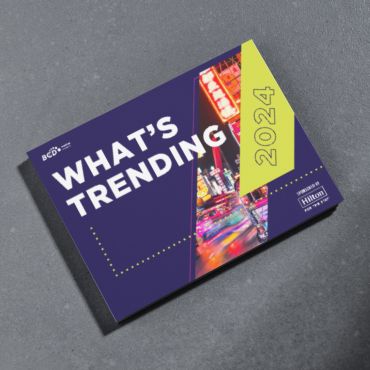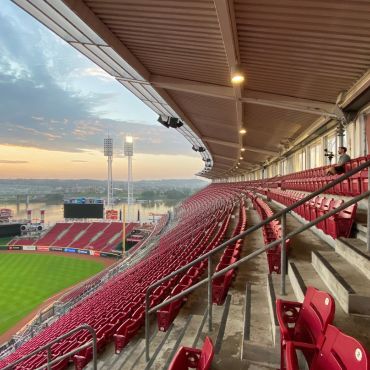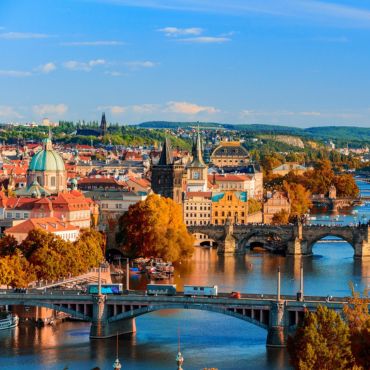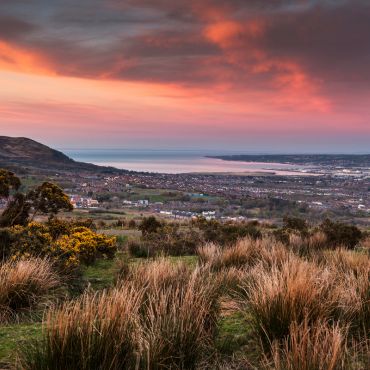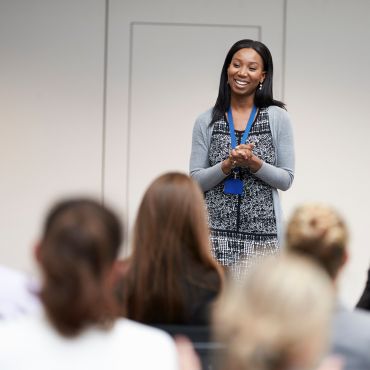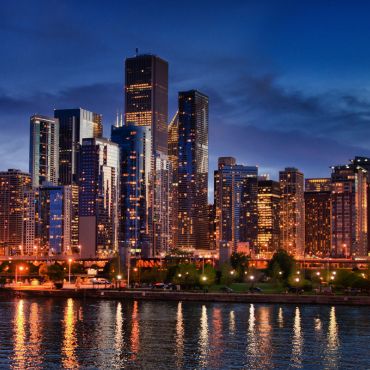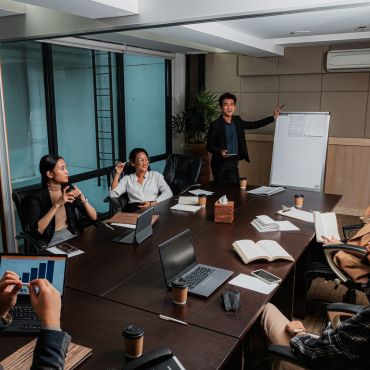Resources
Blog
Our blog is where our thought leaders share their knowledge and expertise in the meetings and events industry.
Discover new ideas, tips and trends for your programs, delivered by the best in the business.
Featured
What’s Trending 2024 – Global Trends Report
The must-have report for meeting and event pros. Get ahead and download BCD M&E's Global Trends Report today.
